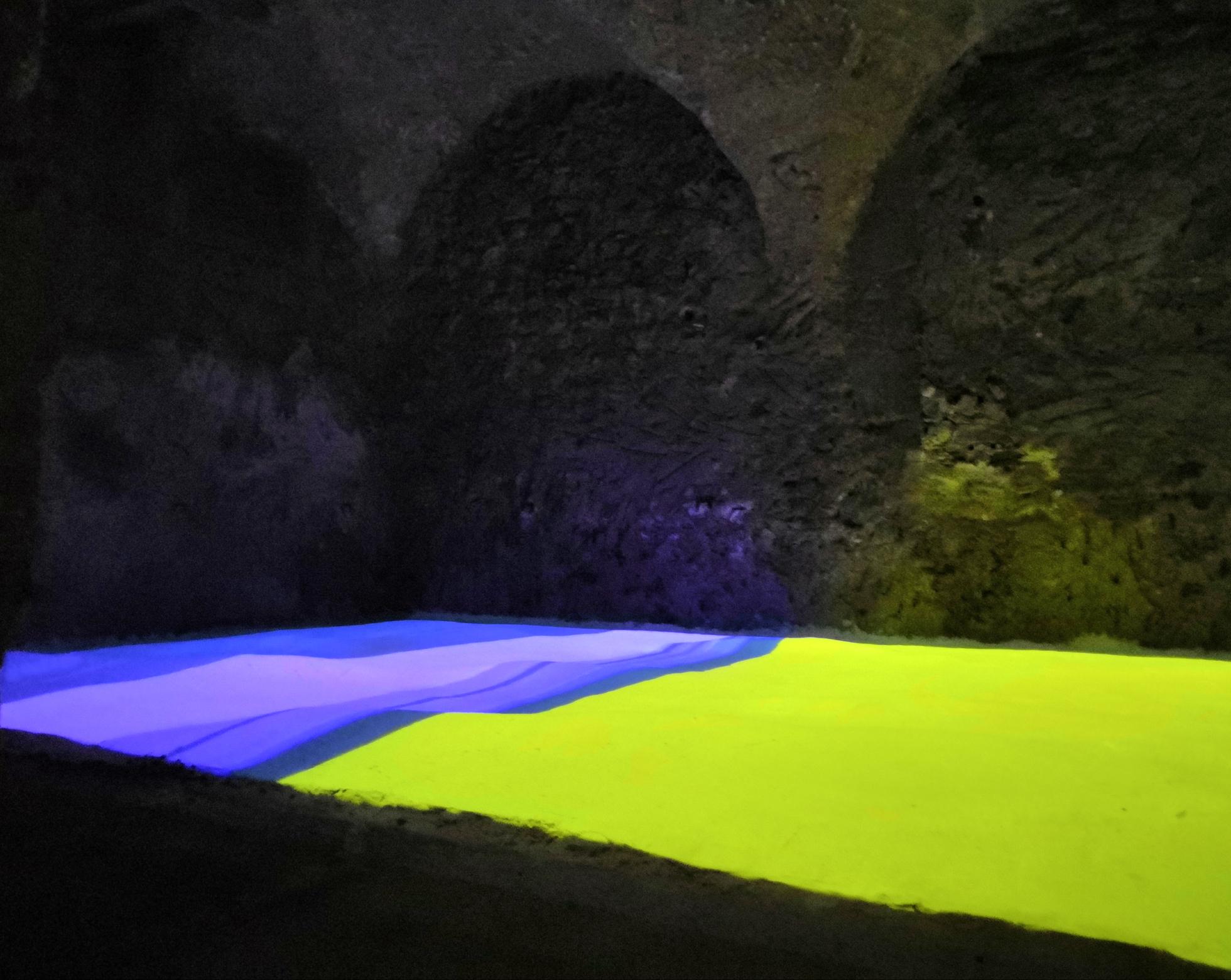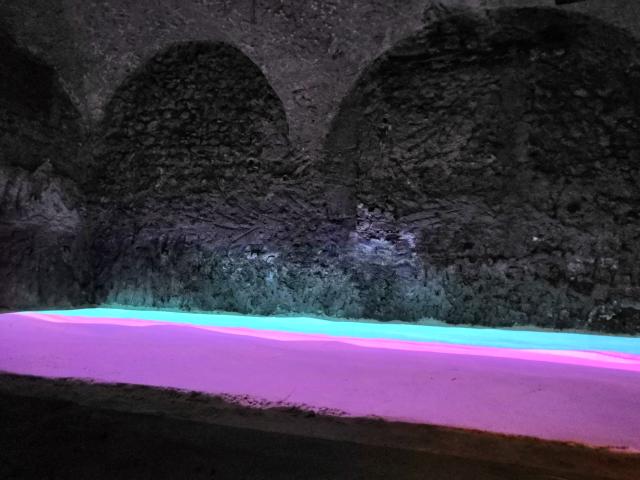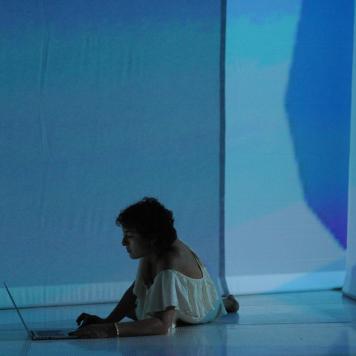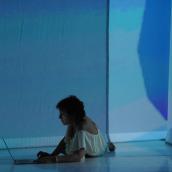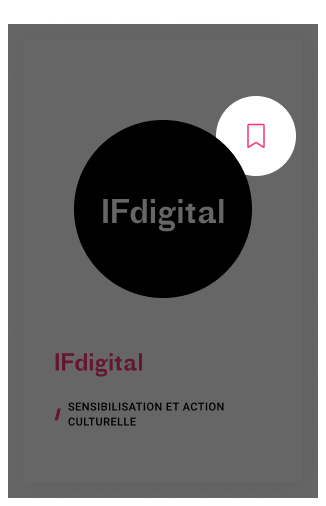Find out more
Their future lies not only in a linear narrative mode imprinted with video or cinema, but rather in their spatialization, in their hybridization with other forms: painting, sculpture, in situ installation, displacement of perspectives, interaction. This is to move from a virtual space to creating a projected physical space that can then be physically inhabited.
To this dematerialization of the object, these “image movements” respond to the abstraction of the image produced by the video game engine. The sea becomes abstract, fills with glitches and its image is transformed into a series of fragmented polygons that stretch under the eye of the virtual camera. It unfolds on a sea of corrugated sand, the space is transformed into a sea of color, which illuminates the darkest places.
"In a cellar, carved in the volcanic rock, not far from Notre-Dame du Port, the sublime Romanesque church of Clermont-Ferrand, after having descended endless steps, one discovers in the darkness a beam of colored light which sweeps a beach of sand. It seems that the earth is vibrating, gently rising, that a wave runs through it. Slowly a set of stripes of tuned tints, violets, yellows, greens, oranges, lemons, etc. progresses, like a wink to a delirious Buren. Invisible loudspeakers diffuse reassuring vibrations. We want to dive into this underground atmosphere and yet so celestial. Isabelle Arvers offers us the key to the rainbow: we can walk in its contrasting folds, wrap ourselves in its nuanced fabric. The hope of living in a friendly world cures us of our dark ideas, so easily maintained by the spectacle of contemporary political unconsciousness." Jean Paul Fargier, Video Turbulence





